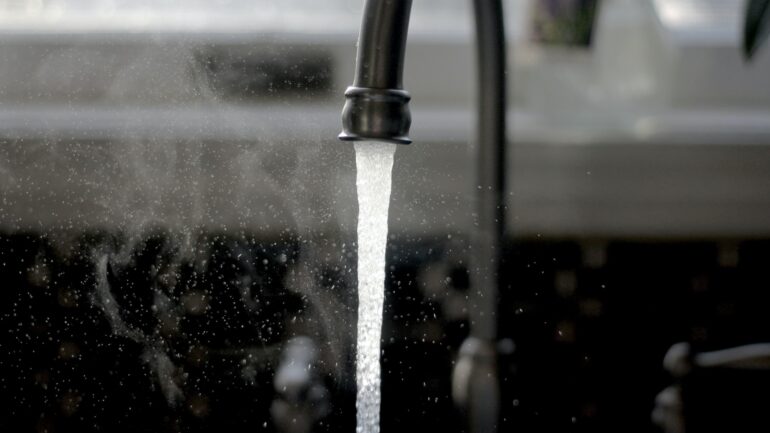The quality of your water is essential for your health and well-being. In addition, it can impact your skin, hair, and the ability of your appliances to operate efficiently.
Hard water is a common issue that affects many households and businesses. The presence of dissolved minerals like calcium and magnesium causes it.
When rainwater runs through mineral-rich soil or rocks, calcium, and magnesium dissolve into it. These minerals make it hard to use soap effectively and form limescale in plumbing, fixtures, and appliances.
Aside from its unpleasant taste and smell, hard water damages your home and can increase energy costs. In extreme cases, it can even clog pipes and water heaters. Fortunately, hard water treatment Tampa is accessible.
Boiling
Hard water has significant concentrations of minerals, most of which are metal cations (Ca2+ and Mg2+). It can occur in many different environments and may be caused by natural processes, such as the movement of water over rocks or by human activity.
Boiling hard water is one of the most effective ways to soften it. When this is done, the calcium and magnesium ions in the water are precipitated out of the solution.
It will reduce the calcination of kettles and other equipment and the formation of limescale on surfaces. However, it cannot be very reassuring and cost you money in the long run. It blights on kettle elements, making it more costly for household appliances and central heating boilers.
Boiling is a primary disinfection technique to eliminate bacteria and other microorganisms in the water supply. It is a technology that is still commonly used in rural areas where other disinfection technologies are unavailable and in emergencies when the quality of the water supply is questionable.
Lime Softening
Lime softening reduces the hardness (calcium and magnesium) in water. The chemical treatment method combines lime and soda ash with coagulant and flocculant chemicals to facilitate the precipitation of calcium carbonate and magnesium hydroxide.
In addition, the process can reduce oxidized iron and manganese to less than 0.05 and 0.01 ppm, respectively. It can also minimize turbidity and the total amount of suspended solids in the water.
The lime and soda ash react to form nearly insoluble precipitates of calcium carbonate (CaCO3) and magnesium hydroxide. These are removed through coagulation/flocculation, sedimentation, and filtration. The resulting waste material is treated or disposed of.
Ion Exchange
Ion exchange is the chemical process used in water treatment to swap “hard” minerals, such as magnesium and calcium, for “softer” minerals, such as sodium. The process is based on fundamental physics and works because charges repel and attract opposite charges.
The most popular type of ion exchange system is a water softener. Ion exchange systems are a reliable and inexpensive way to treat hard water and produce soft, scale-free water for your home or commercial property.
The ion exchange process uses a solid – such as zeolite or resin – that can absorb desirable ions and release them into the water. Resins are usually regenerated every few weeks, ensuring that the ion exchange process continues to work efficiently.
Salt-Free
Salt-free, or non-salt water softeners, are an effective way to protect plumbing and appliances while reducing operating costs. These systems use electromagnetic waves or filters to remove contaminants or reshape them so they no longer threaten your home’s plumbing.
These systems are a great alternative to traditional salt-based softeners, effectively removing magnesium and calcium hardness minerals from water. As a result, it prevents scale build-up, which can damage your plumbing and water heaters.





